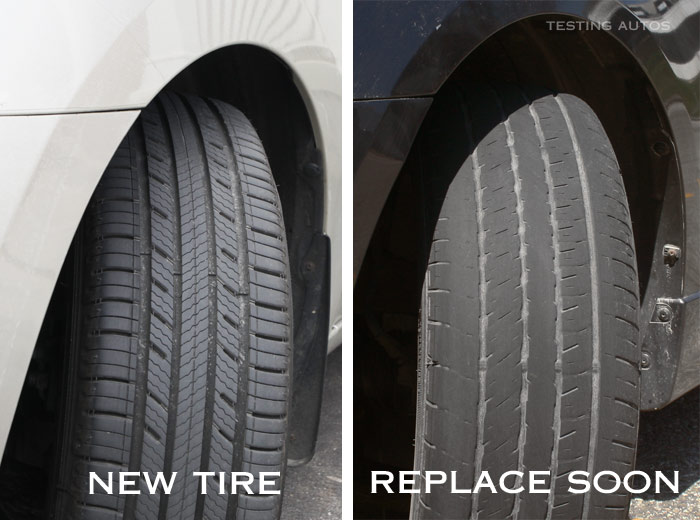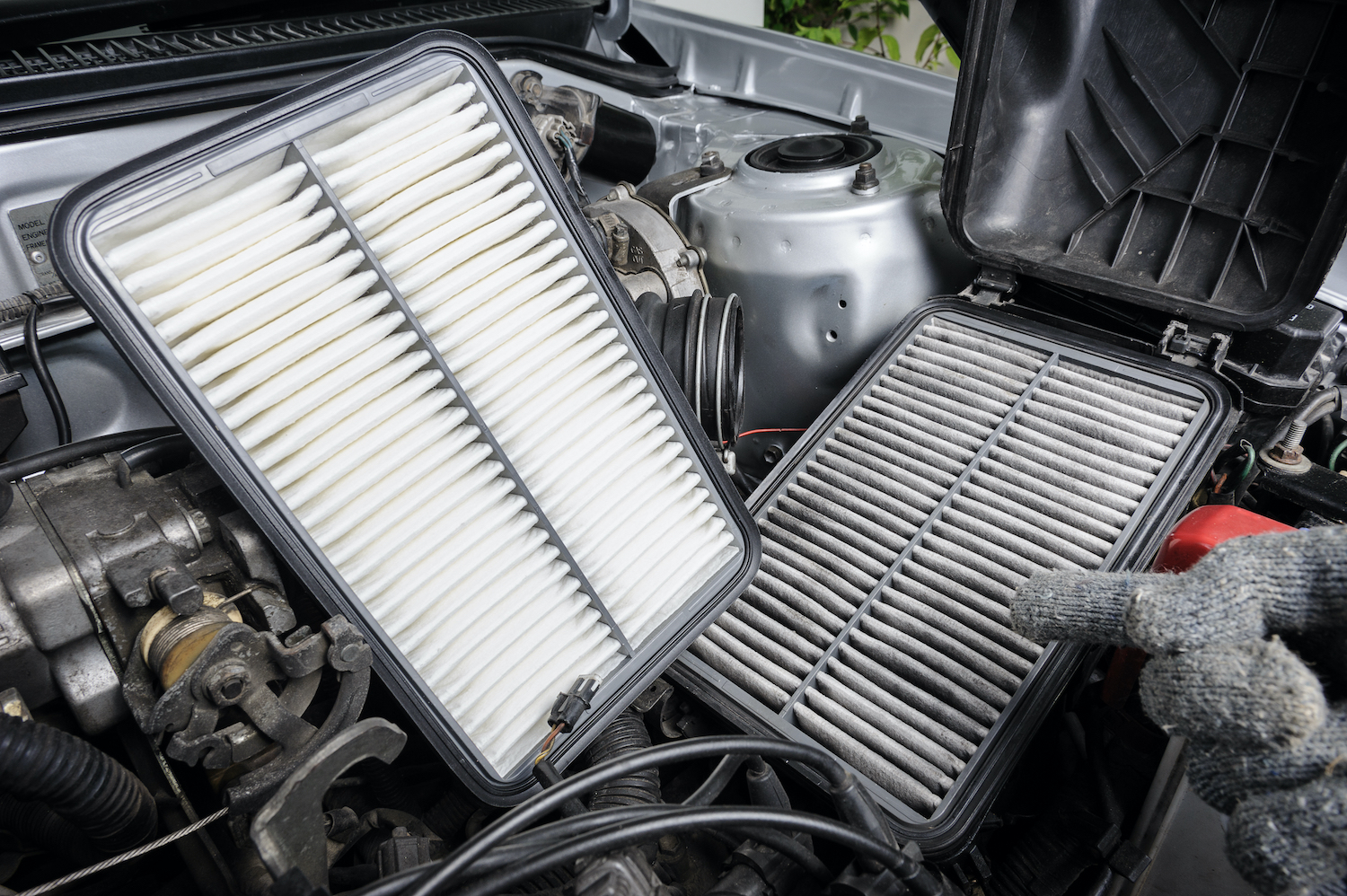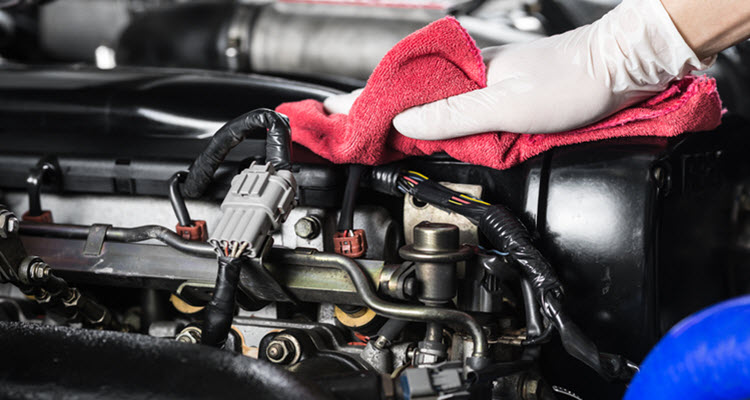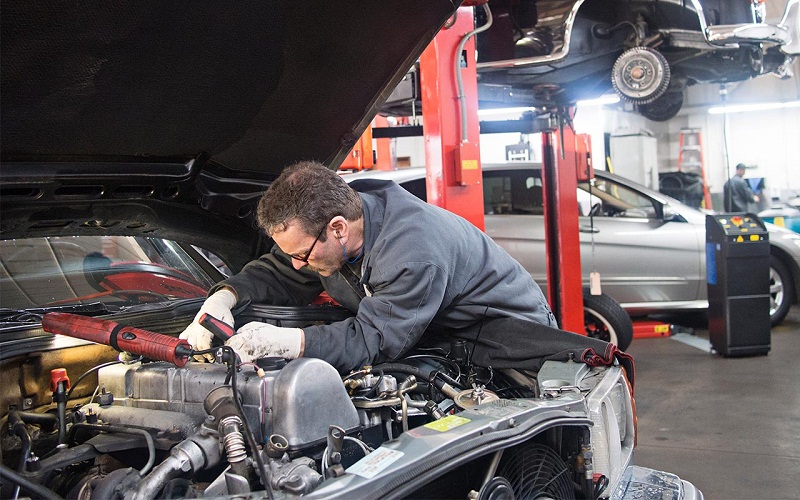
Tyres: When to Change Them
As a leading authority in the field of automotive expertise, we understand the importance of ensuring optimal performance and safety for your vehicle. One crucial aspect that demands your attention is the condition of your tyres. Regularly inspecting and replacing your tyres when necessary is a fundamental responsibility for any vehicle owner. In this comprehensive guide, we will provide you with all the essential information about when to change your tyres, empowering you to make informed decisions that prioritize your safety on the road.
Signs of Worn Tyres
Tread Depth
The tread depth of your tyres plays a pivotal role in maintaining traction and grip on the road. Over time, as the tread wears down, the ability of your tyres to disperse water and maintain contact with the surface diminishes. This can significantly impact your vehicle’s handling and increase the risk of hydroplaning. To determine if your tyres have adequate tread depth, perform a simple test using a tread depth gauge or the age-old “penny test.” Place a penny into the tread grooves with Lincoln’s head facing downwards. If the top of Lincoln’s head is visible, it is a clear indication that your tyres may be approaching the legal tread depth limit and should be replaced.
Cracks and Bulges
Inspecting your tyres for cracks, bulges, or any irregularities is crucial. These visible signs of damage can indicate structural weaknesses, which compromise the overall integrity of the tyre. Cracks can appear due to exposure to extreme temperatures, age, or improper maintenance. Bulges, on the other hand, usually result from impact damage or hitting potholes. It’s important to remember that even a small crack or bulge can lead to a catastrophic tyre failure, especially at higher speeds. Therefore, if you notice any signs of damage, it is imperative to replace the affected tyre immediately.
Uneven Wear
Uneven wear patterns on your tyres can be indicative of various underlying issues. Misalignment, improper inflation, or suspension problems can cause uneven wear, resulting in compromised performance and reduced tyre life. Regularly inspect your tyres for signs of wear, focusing on both the inner and outer edges. If you notice significant differences in wear across the tread, it may be time to consult a professional and have your vehicle’s alignment and suspension checked.
Tyre Age
Contrary to popular belief, tyres have a finite lifespan, even if they have not been extensively used. Exposure to the elements, such as sunlight and variations in temperature, can lead to the gradual deterioration of the rubber compounds in your tyres. As a general guideline, most tyre manufacturers recommend replacing tyres that are six to ten years old, regardless of their visual condition. To determine the age of your tyres, examine the sidewall for a four-digit number indicating the week and year of manufacture. If your tyres have exceeded their recommended lifespan, it is crucial to replace them promptly to ensure optimal safety on the road.
Performance and Handling
As your tyres age, their performance and handling capabilities can deteriorate. Reduced grip, increased braking distances, and compromised stability are common indicators of tyres that require replacement. If you notice a significant decrease in your vehicle’s handling or experience a loss of control during normal driving conditions, it is essential to have your tyres inspected by a professional. Proactive tyre replacement not only enhances your safety but also ensures a smooth and enjoyable driving experience.
Conclusion
Your vehicle’s tyres are its only contact points with the road, making them a critical component of your overall safety. Regularly monitoring the signs of wear, checking the tread depth, and assessing tyre age are vital practices that every responsible vehicle owner should adopt. By following the guidelines outlined in this article, you can make informed decisions regarding when to change your tyres, prioritizing your safety and the performance of your vehicle.
Remember, maintaining optimal tyre condition not only enhances your safety but also contributes to a more fuel-efficient and enjoyable driving experience. Don’t compromise on your tyres—replace them when necessary, and always prioritize your safety on the road.





